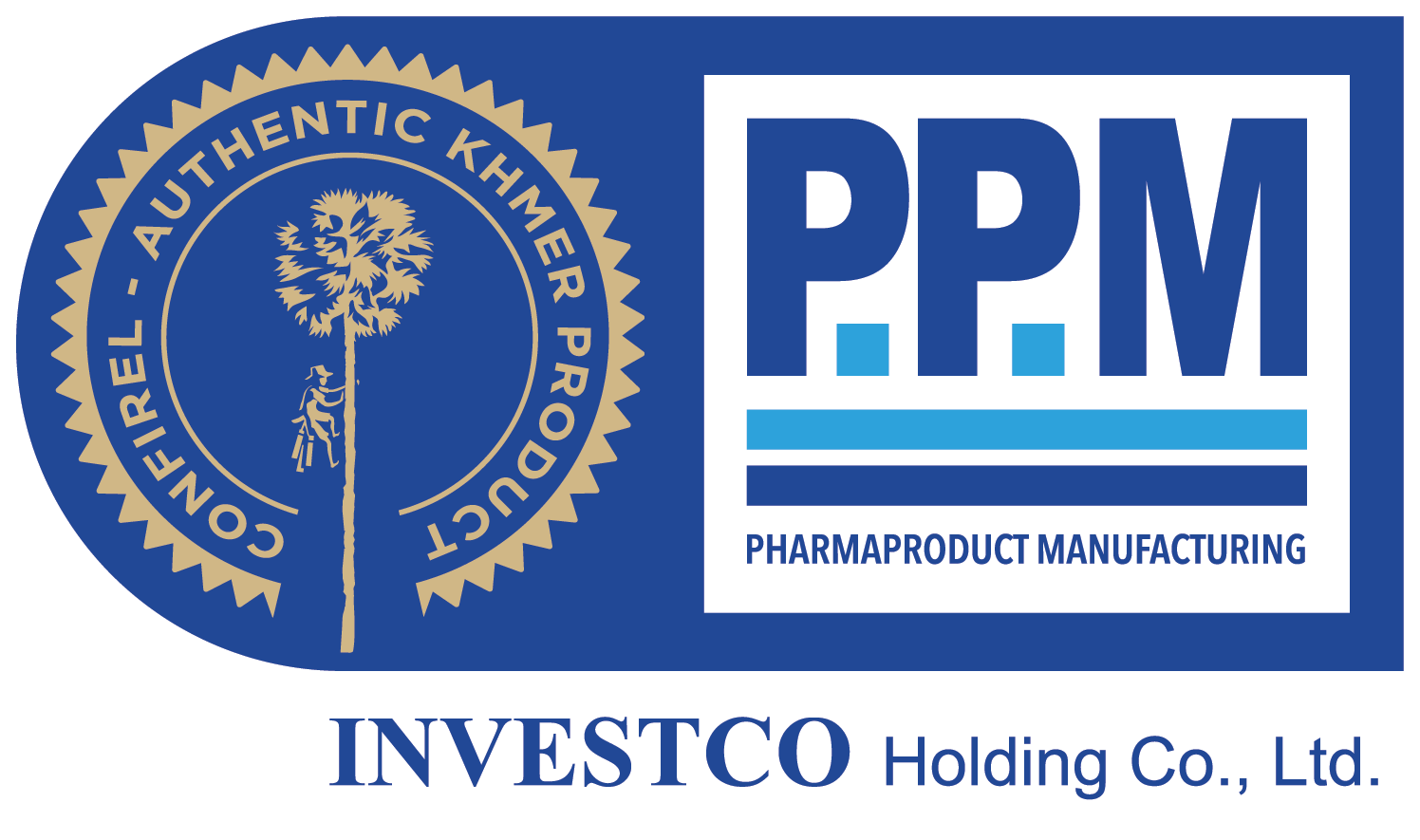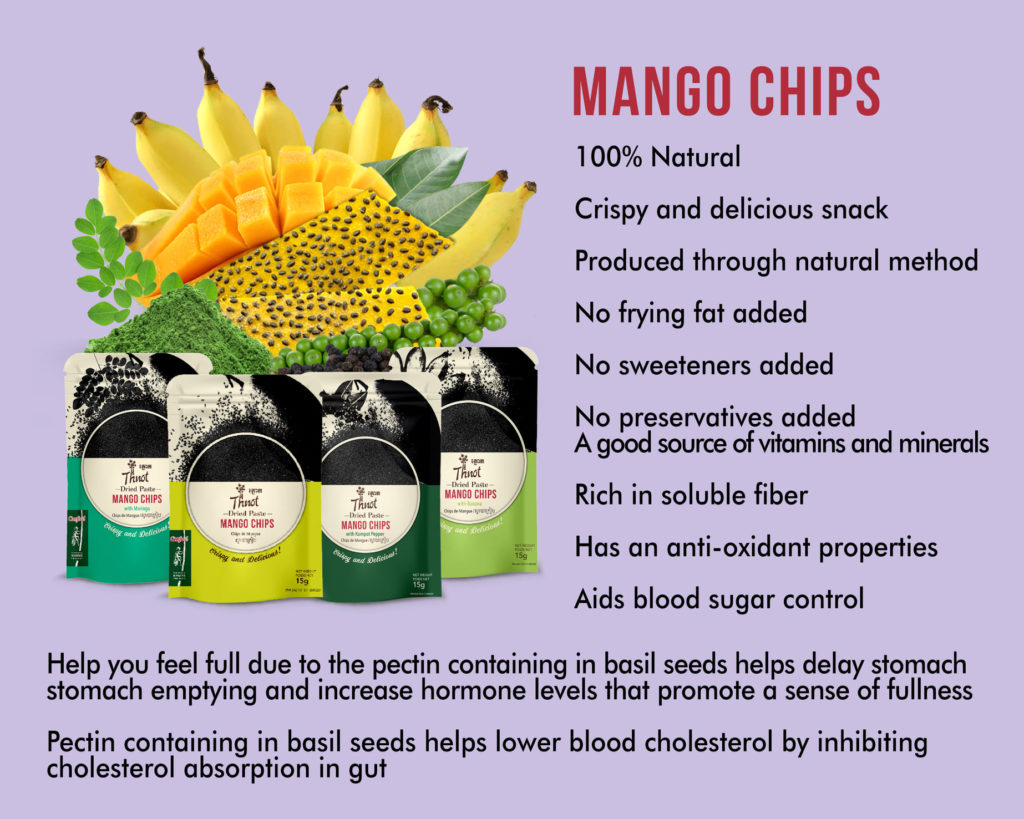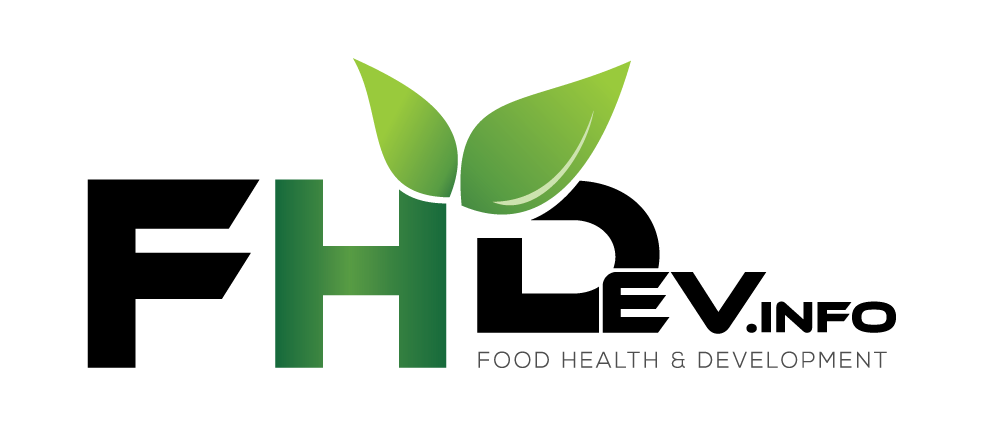


THE 8 MAJOR GLOBAL FOOD TRENDS in 2021
កាលបរិច្ឆេទ: ០៨ កក្កដា ២០២១ / សុខភាព
Adventure, plants, meat replacement proteins, innovation, healthy foods to enjoy when you want, all with the concern for sustainable development and transparency in the production process, here you go. what consumers expect from the food industry today according to the blog www.lemust.ca
“Plate, plate, make me travel!” Traveling is a big concern for the second half of Gen Z and the second half of Millennials, says Caroline Chevrier, a food and drink expert. Their desire to discover new cultures has contributed to an average annual growth of 17% in the number of new product launches. The industry is preparing to offer them more daring tasting drinks, but also to provide them with multisensory gastronomic experiences.
Plants are at the top of the major food trends, she continues. The choice for the consumer will become more and more wide. “Since there is an explosion of new dietary lifestyles that follow a general desire to reduce meat consumption for environmental, ethical and health reasons, plant proteins are set to explode in the coming years. years. “
This desire for novelty among the younger generations of consumers is expressed through the success of innovative start-ups. The expert gives the example of Kokojoo, a start-up based in Berlin. This reuses cocoa pulp to make a lightly sweet infusion with agave syrup and carbonated water which contains very few calories (14 Kcal \ 100 ml) and which is packed with nutrients and antioxidants.
Practicality is also an attraction that consumers, in particular young people, are increasingly looking for, underlines the expert. Snacking rhymes with practical, smaller, resealable, transportable formats. In addition, the industry must adapt to a consumer who will no longer necessarily consume his product in a regulated environment (breakfast, lunch, dinner or snack). The consumer chooses when to consume and he will want to do so by making sure to eat while mixing pleasure and health, she insists.
Finally, the industry must face up to a new desire on the part of consumers when it comes to packaging. They now make the choice to buy or not a product depending on whether or not it meets their values in terms of sustainable development. This must involve reducing waste, reducing over-packaging, post-consumer recycling, increased biodegradability and the creation of new technologies. Likewise, transparency as to the provenance of products has become an important feature during the purchasing process among the majority of consumers around the world.




